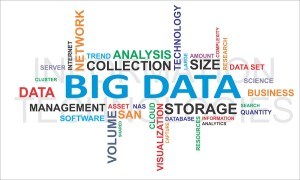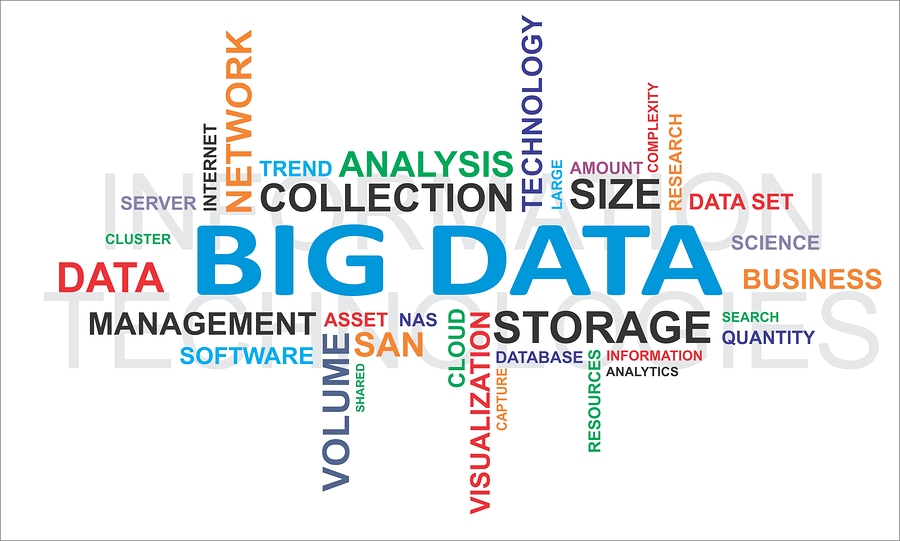Big data is a topic about which much has been written, although rarely is it explained in specific terms what it means for insurance professionals.
Should claims adjusters and investigators be learning complex algorithms and software programming? Or does all of this technological change mean that claims professionals will soon be replaced by machines?
Fortunately, while there’s no doubt that data analytics is the future of insurance claims processing, claims professionals will still be as necessary as they are today, and they don’t need to become data scientists to have a bright future in the field.
 Instead, claims professionals who learn how to think in terms of data—what we call a data mindset—will be much more valuable to their companies. Similarly, organizations that encourage such learning will be in a much better position to seize the opportunities that data analytics presents.
Instead, claims professionals who learn how to think in terms of data—what we call a data mindset—will be much more valuable to their companies. Similarly, organizations that encourage such learning will be in a much better position to seize the opportunities that data analytics presents.
How Analytics Can Improve Claims
Analytics can affect claims in three main areas: fraud detection, claims triage and process efficiency.
Large enterprises have been especially quick to use analytics to root out fraud. In the past, it was largely up to claims associates to connect the dots. Insurers relied on them to notice coincidences, such as seeing the same drivers, accident witnesses and auto body shops overlap in suspicious ways. Now, algorithms can analyze complex networks far faster and with greater objectivity.
In claims triage, predictive models can identify potentially complex claims so that insurers can respond and prepare more quickly. By looking at similar attributes of complex claims that were not initially reported as serious, data scientists can develop so-called classification tree analyses, which identify claims ahead of time that are likely to turn out to be major losses.
Analytics can also make claims professionals’ jobs easier while improving outcomes for customers. A method called process mining applies the concept of data mining to an entire process rather than just a certain set of data, serving to quantify an entire workflow. Process mining might reveal that a certain step in the claims handling process takes disproportionately long—two days to call someone back, for instance—and that if the protocol were tweaked, it might fix that persistent issue. Much frustration could be avoided for everyone involved if an isolated problem at one point in the process didn’t cause issues throughout the rest of the process.
Why We Still Need Claims Professionals
It’s understandable, when hearing how superior these computer programs are to human abilities, to worry about the future of claims careers. What’s important to note is that none of these models can, or should, be completely automated.
The data that the system analyzes needs to be gathered by qualified adjusters. If analytics indicate that a certain claim may be fraudulent, it’s crucial for a human investigator to then conduct a thorough investigation, not just ensure that the system files a report. Claims triage and process efficiencies are only tools to help make professionals’ work more effective; they alone can’t solve customers’ problems.
Claims professionals won’t suddenly need to become data scientists either. What claims professionals will need to do, however, is become fluent in data analytics terminology and be able to think about how analytics can solve claims problems. They will need to understand what’s possible using new analytical methods and provide insight to data scientists so that they can design effective models.
The future of leading claims operations involves integrated teams of professionals who apply their expertise to collaboratively solve problems. In other words, smart companies will bring together representatives from different departments in one room to share their different perspectives. In such a setting, actuaries and data scientists will need insight from claims associates and vice versa.
Joining Forces With the Analytics Team
To understand how this collaboration will work, consider how companies currently handle claims with the potential for subrogation.
Determining whether a third party was responsible for a workers compensation accident isn’t always straightforward. Did a ladder fail and lead to the injury? Did the worker slip and fall on another premises? A number of factors often need to be examined, which can be time-consuming for claims teams.
Text mining tools can help automate this work. Technology is already capable of reading handwriting and seeking out key words, phrases and trends that indicate likelihood for subrogation. The system could then flag those claims for further investigation.
Data scientists would design those programs, but to know what to look for, they need to collaborate with professionals who actually handle the claims. On the front end, they need to understand the existing claims process, the way adjusters fill out forms, and the terminology they use. On the back end, data scientists need to understand what type of output would be most helpful and actionable in taking next steps.
At the same time, companies can’t expect solely their data scientists to propose ways to analyze that data. Professionals who are gathering claims data or trying to make sense of issues they’re encountering in the field are potentially more likely to bring forward good ideas about how analytics can improve processes—that is, if they have a working knowledge of what data analytics makes possible.
Getting Into a Data Mindset
Insurance simply wouldn’t work without data, so it’s always been part of the industry. But when analytics was limited to numbers and statistics, only a small number of workers dealt with data. Now that almost any bit of information can be combed for insight, every single person working in the insurance industry has access to potentially valuable data.
That reality is incredibly exciting, not only for those with a computational bent, but also for every claims professional. Adjusters, investigators and other specialists will now be gathering information that could result in game-changing innovation.
However, companies will lag behind competitors if frontline employees can’t work with the employees who are managing data. Potential leaders will lose chances for advancement if they can’t get the most out of their teams by fostering interdepartmental collaboration. The organizations in which field associates eagerly share ideas for new models are those that are most likely to be industry leaders.
To realize the potential that data analytics offers, all insurance professionals need to cultivate a data mindset. They need to conceptually understand data analytics and be able to bring their own knowledge and skill sets to the conversation. Those who do will be assets to their companies and have a bright future in their claims career.
 Judith Vaughan, CPCU, AIC, AIM, has more than twenty years’ experience in claims and risk management for international organizations, and is currently director of Content Development at The Institutes.
Judith Vaughan, CPCU, AIC, AIM, has more than twenty years’ experience in claims and risk management for international organizations, and is currently director of Content Development at The Institutes.
Michael W. Elliott, CPCU, AIAF, is senior director of Knowledge Resources for The Institutes. Before joining The Institutes, he worked for Marsh & McLennan Companies.
Was this article valuable?
Here are more articles you may enjoy.


 Florida And East Coast Will See Big Losses From More Cat 5 Storms, Researchers Say
Florida And East Coast Will See Big Losses From More Cat 5 Storms, Researchers Say  California Again Delays Wildfire Protection Rules for Homes
California Again Delays Wildfire Protection Rules for Homes  Asahi Sales Drop Worsens as Cyber Hack Disruption Lingers
Asahi Sales Drop Worsens as Cyber Hack Disruption Lingers  How Three New CMS Policies Impact Workers’ Comp Claims
How Three New CMS Policies Impact Workers’ Comp Claims 